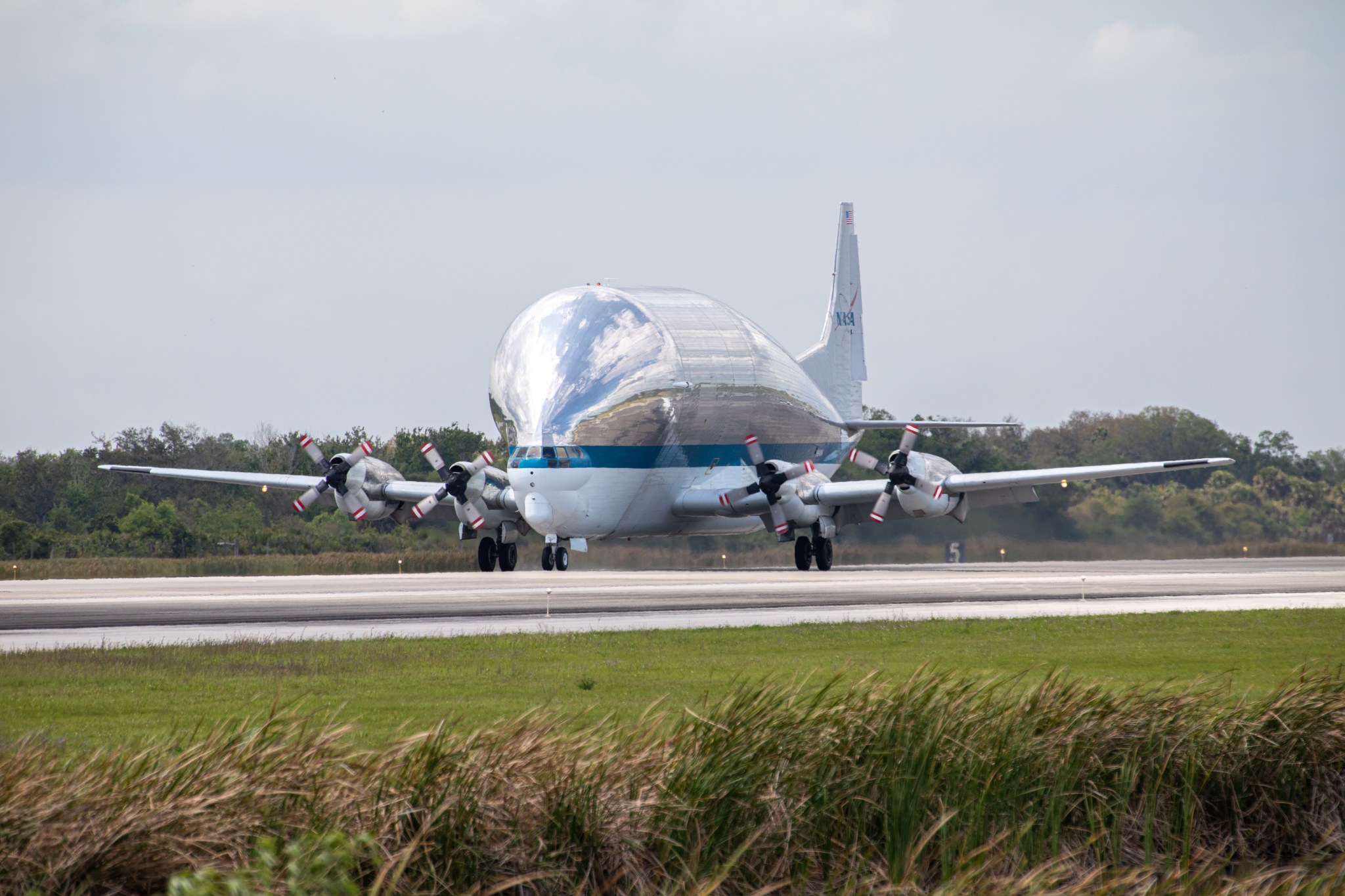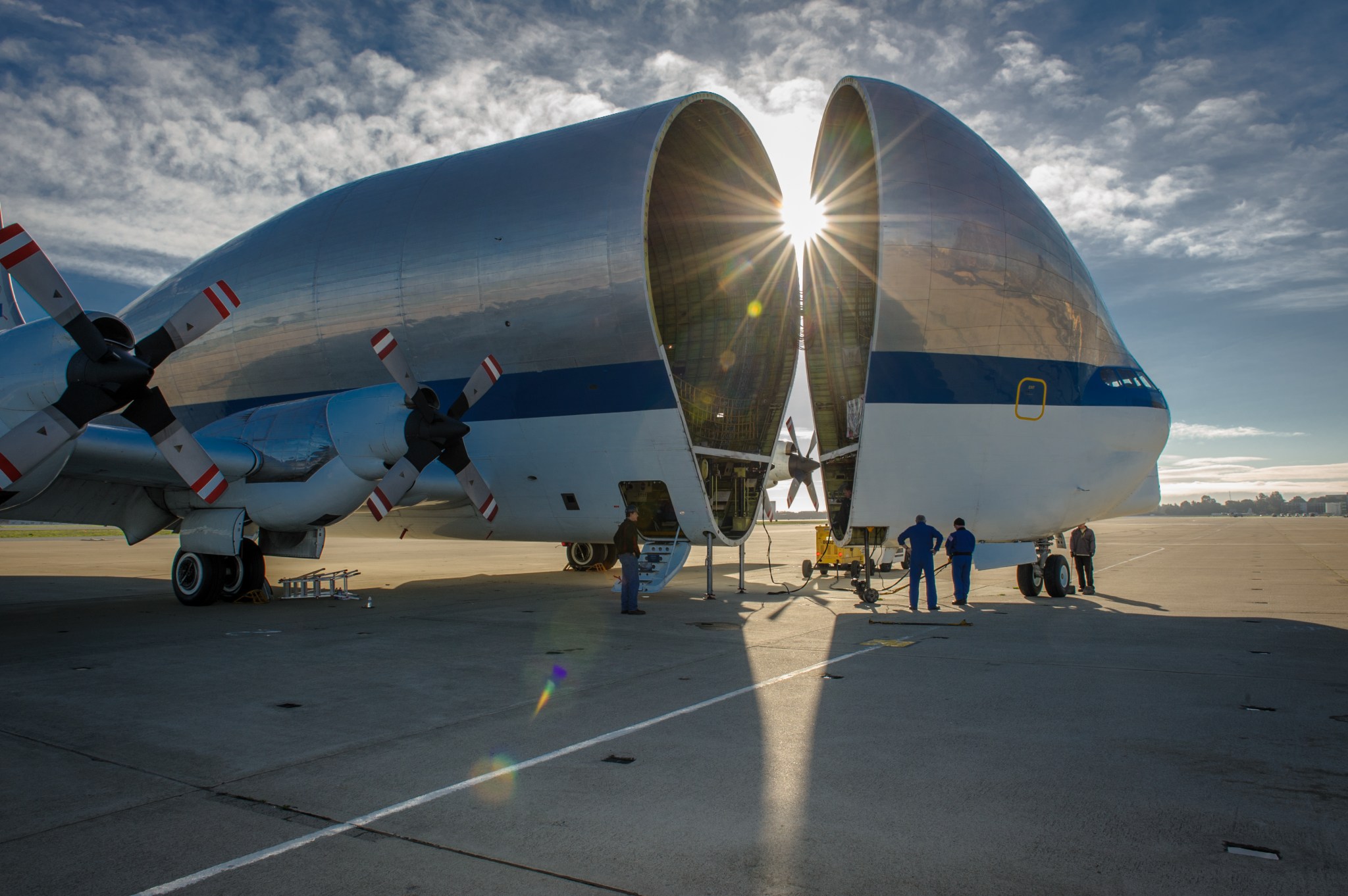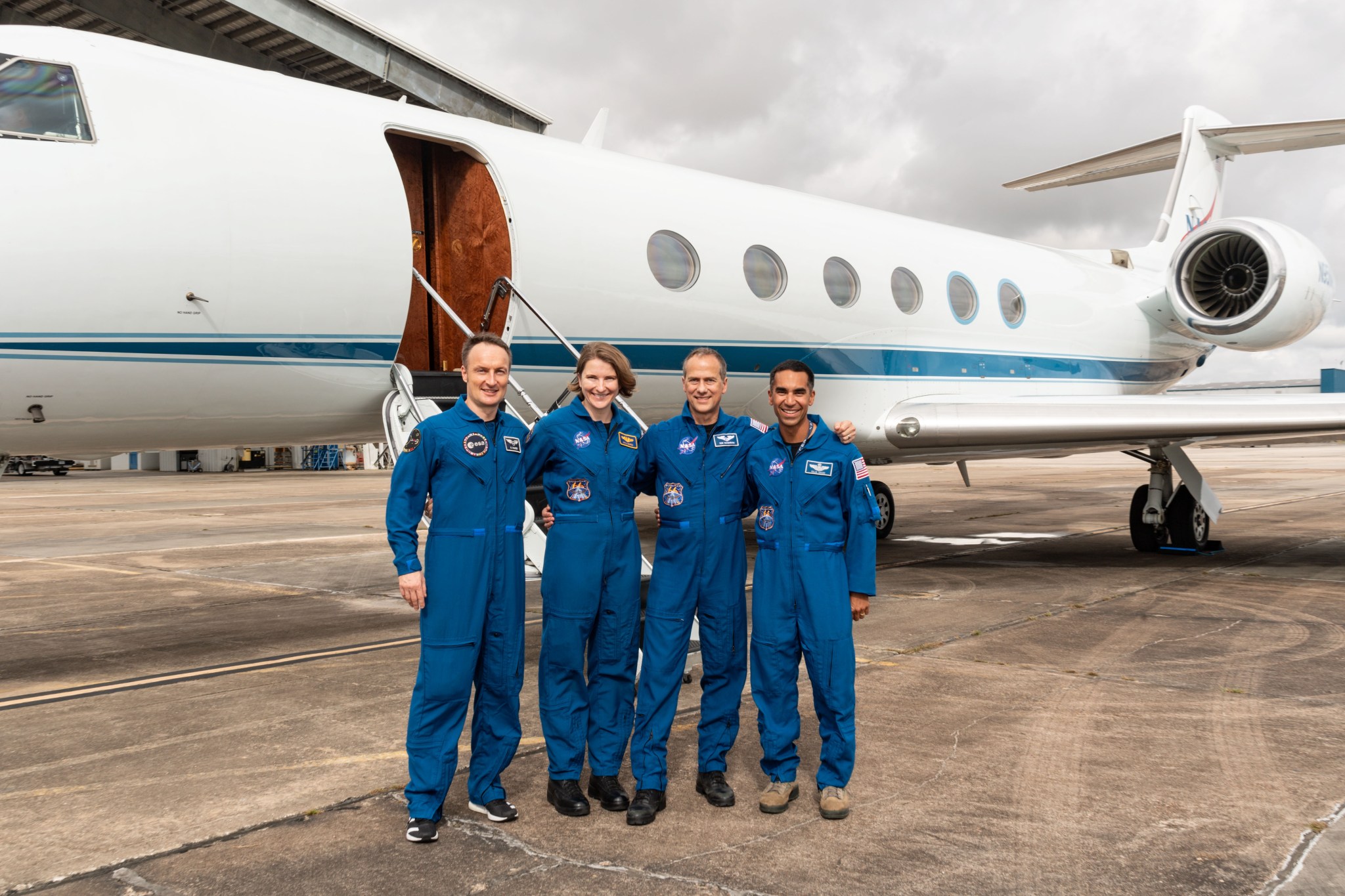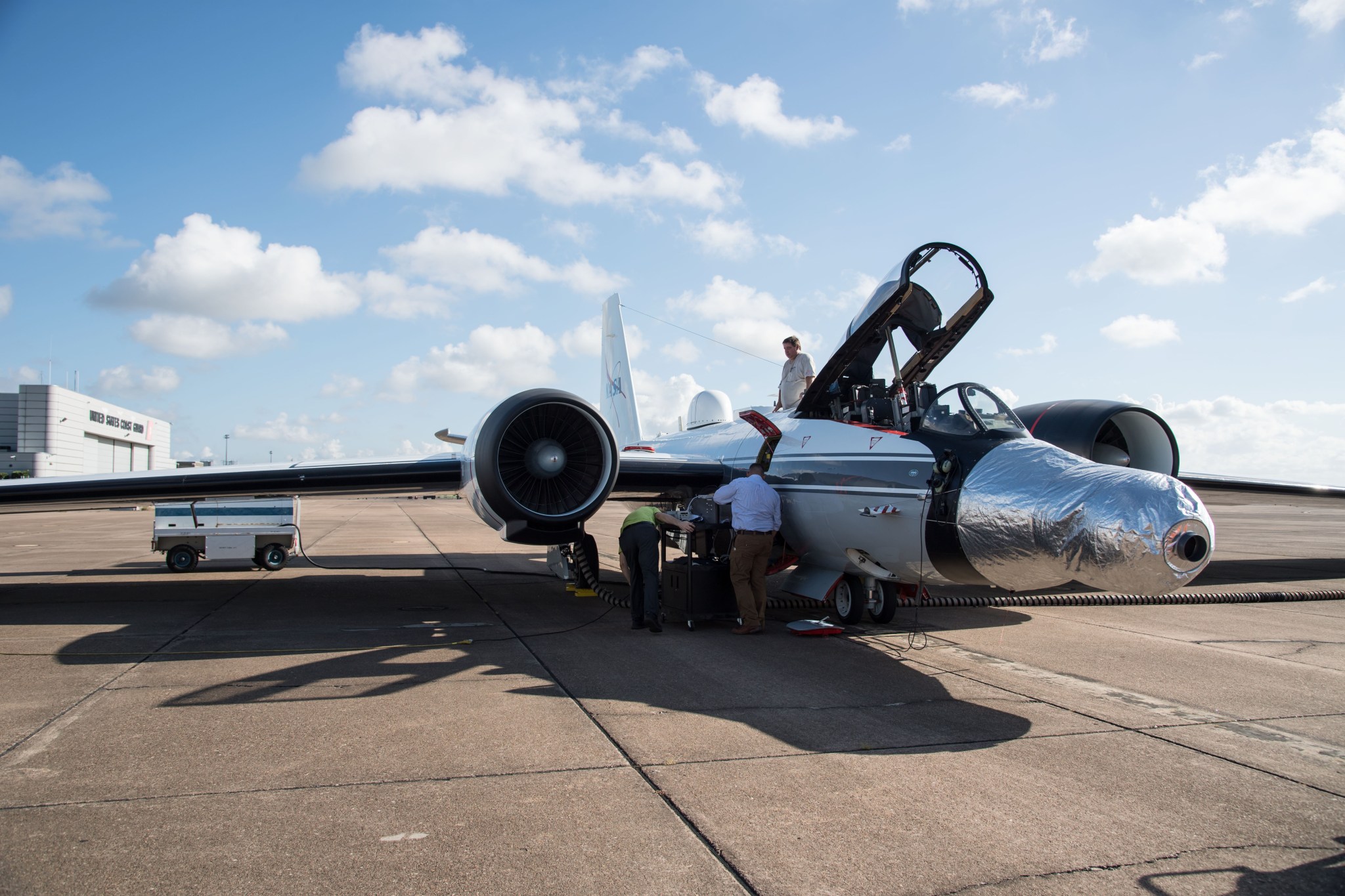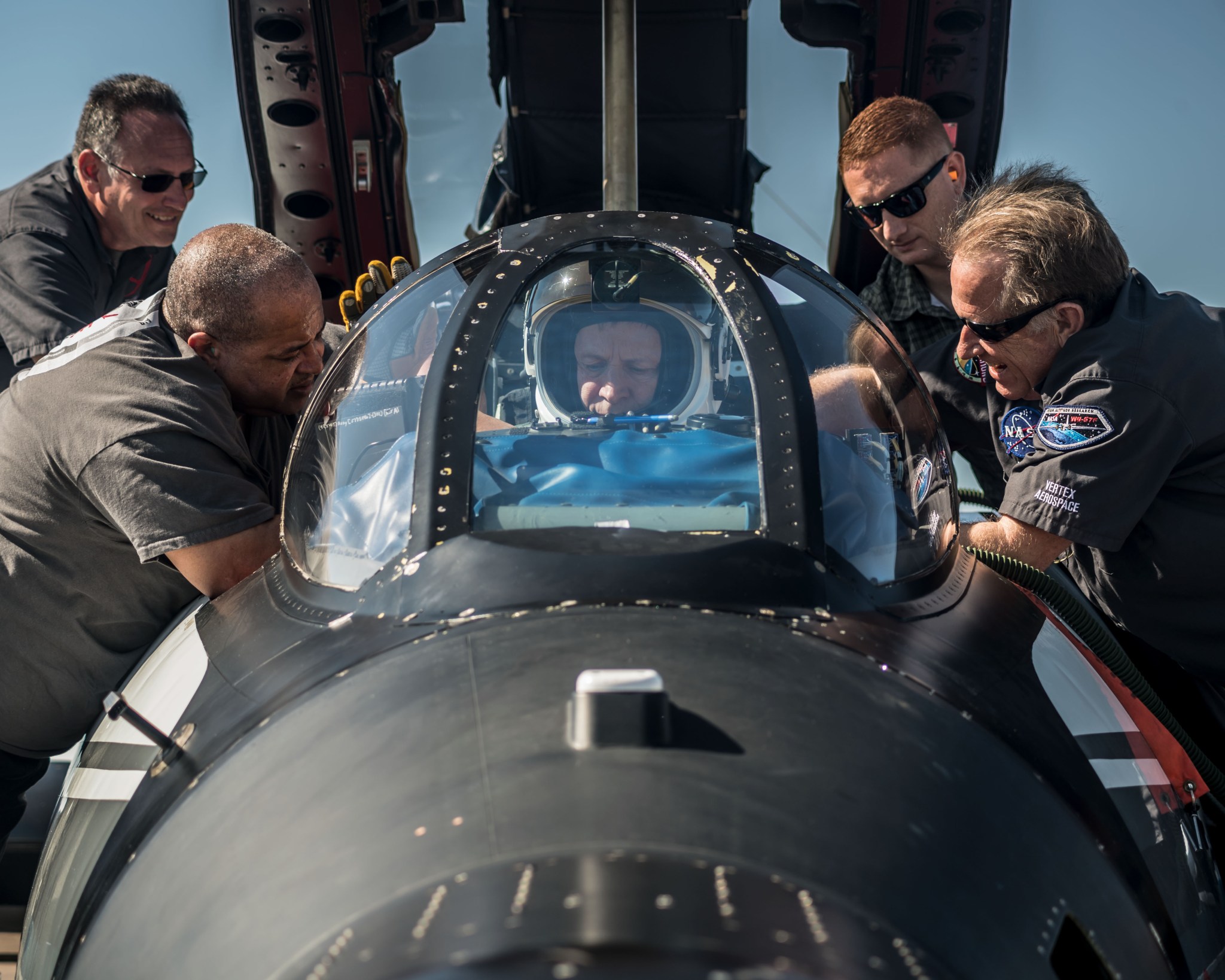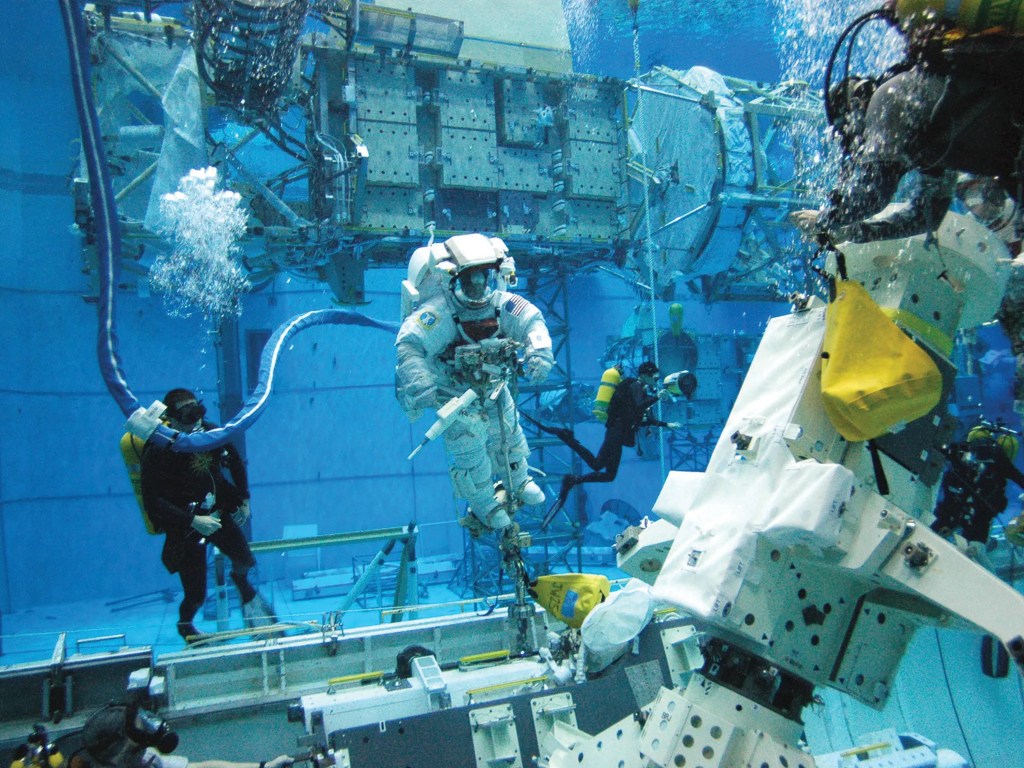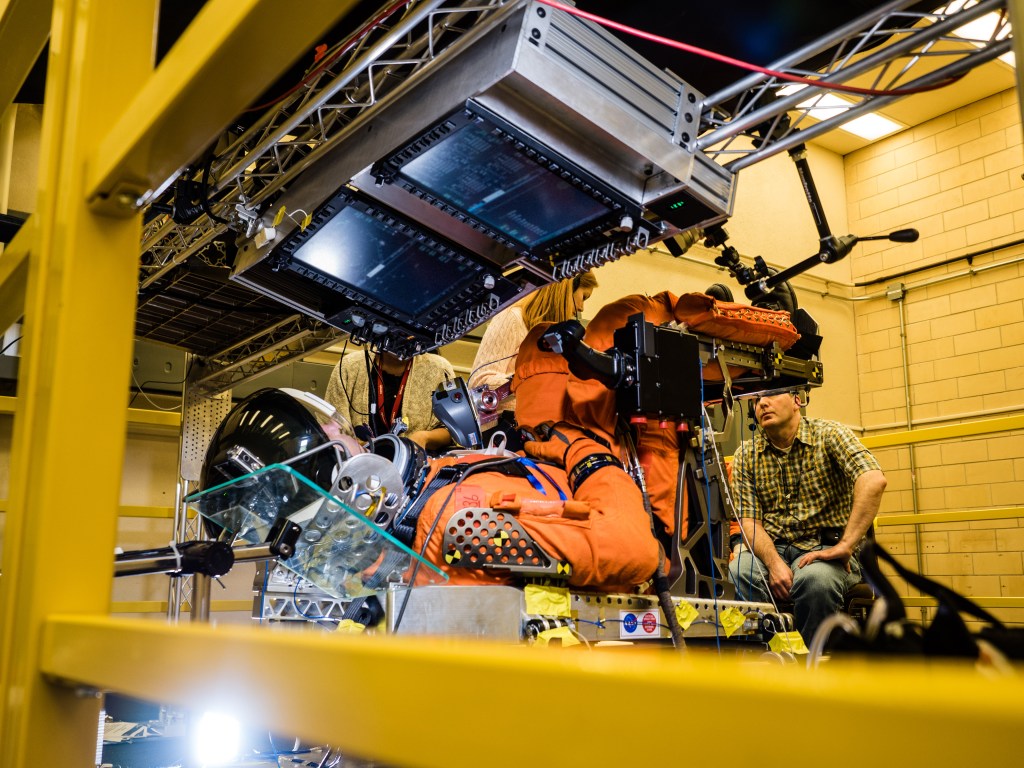Aircraft Operations

Contents
Introduction
NASA JSC’s services in Aircraft Operations include various aircraft for a variety of purposes. From launch and landing imagery of space vehicles, providing critical in-flight component performance verification, to transporting large cargo, these specialized aircraft enable human spaceflight. The Gulfstream aircraft offer a reliable, configurable, and comfortable platform for Soyuz Direct and Commercial Crew Program Crew Return missions, as well as for supporting the NASA Airborne Science Program, earth science research, and advanced technology testing globally. The NASA Super Guppy, with its immense cargo area, can transport oversized cargo efficiently. Additionally, the NASA WB-57 Program offers unique, high-altitude platforms for scientific research and advanced technology development, capable of operating from sea level to over 60,000 feet for extended periods, supporting US Government agencies, academic institutions, and commercial customers worldwide. We invite our partners to leverage our unique capabilities in Aircraft Operations to enable their own research and operations.
For further details, please see: https://www.nasa.gov/specials/jsc-aircraft-ops/index.html#top
Capabilities
Oversized Cargo Transportation
Overview | The NASA Super Guppy has an immense cargo area and can transport oversized cargo.
Details |
- The Super Guppy cargo area is 25 feet in diameter and 111 feet long
- An integrated process to support cargo assessment and integration, test readiness, and mission execution
- A unique hinged nose that opens 110°, permitting full frontal cargo loading
- Super Guppy pallets or fixtures designed for specific cargo interface with cargo compartment rails and cargo loaders
Direct Crew Return
Overview | The Gulfstream aircraft provide a reliable, configurable, and comfortable airborne platform to support the Soyuz Direct and Commercial Crew Program Crew Return missions.
Details |
- Provide direct return capability of crew from spacecraft landing site to Johnson Space Center
- Aircraft modified to provide the necessary medical care to deconditioned astronauts
NASA Airborne Science Program
Overview | The Gulfstream aircraft supports the NASA Airborne Science Program and provides a reliable, configurable, and comfortable airborne platform to the earth science community and other customers to support scientific research and advanced technology development and testing worldwide.
Details |
- An integrated process to support payload design and integration, test readiness, and mission execution
- The aircraft can be modified to meet customer needs
- The cabin can be configured with standard equipment racks and operator consoles
- Up to 14 mission crew/passengers can be accommodated depending on internal cabin configuration
- An external pod for radar, lidar, or other instrumentation is available
WB-57 High Altitude Research Program
Overview | The NASA WB-57 Program provides unique, high-altitude airborne platforms to US Government agencies, academic institutions, and commercial customers to support scientific research and advanced technology development and testing at locations around the world. The WB-57 is a mid-wing, long-range aircraft capable of operation for extended periods of time from sea level to altitudes in excess of 60,000 feet.
Details |
- The aircraft can fly for 6.5 hours, has a range of 2500 miles, and carry up to 6000 lbs. of payload
- Multiple payload mounting locations, power options, and air-to-ground communication options
- Can support both pressurized and unpressurized payloads
- Mission examples include atmospheric and earth science, ground mapping, cosmic dust collection, rocket launch support, and test bed operations for future airborne and spaceborne systems
- An integrated process to support payload design, integration, test readiness, and mission execution


























